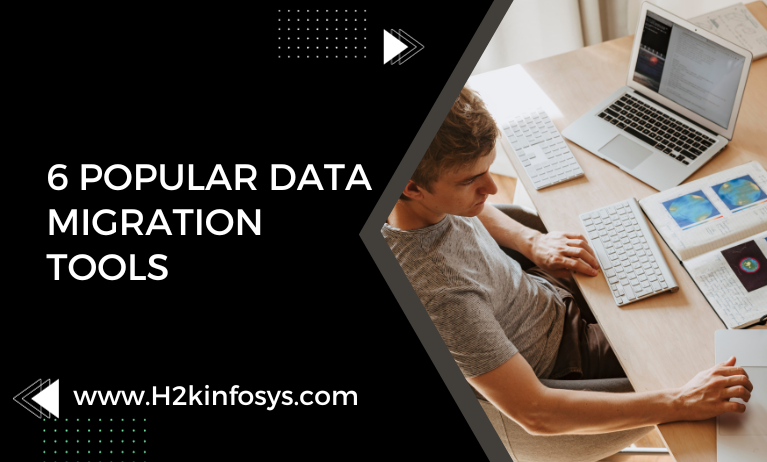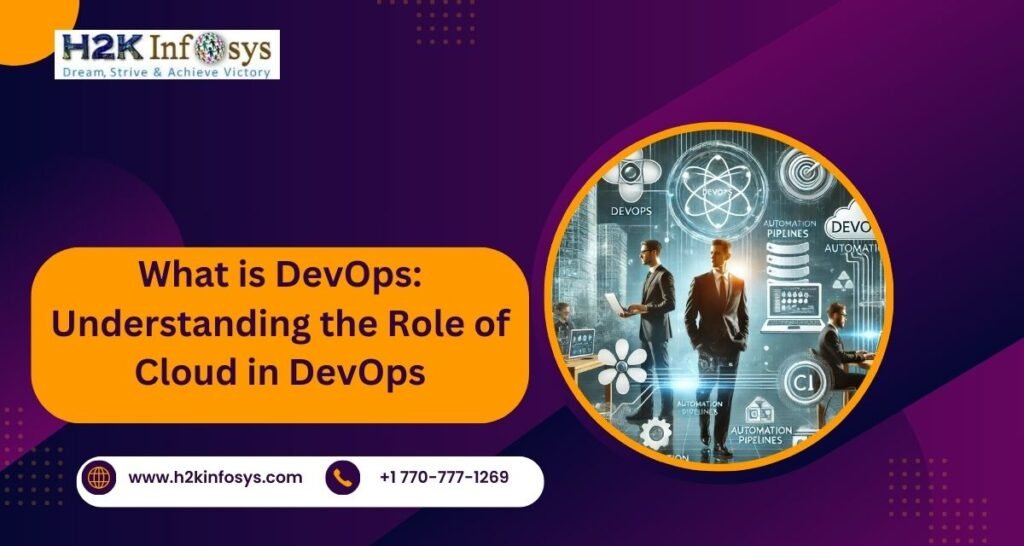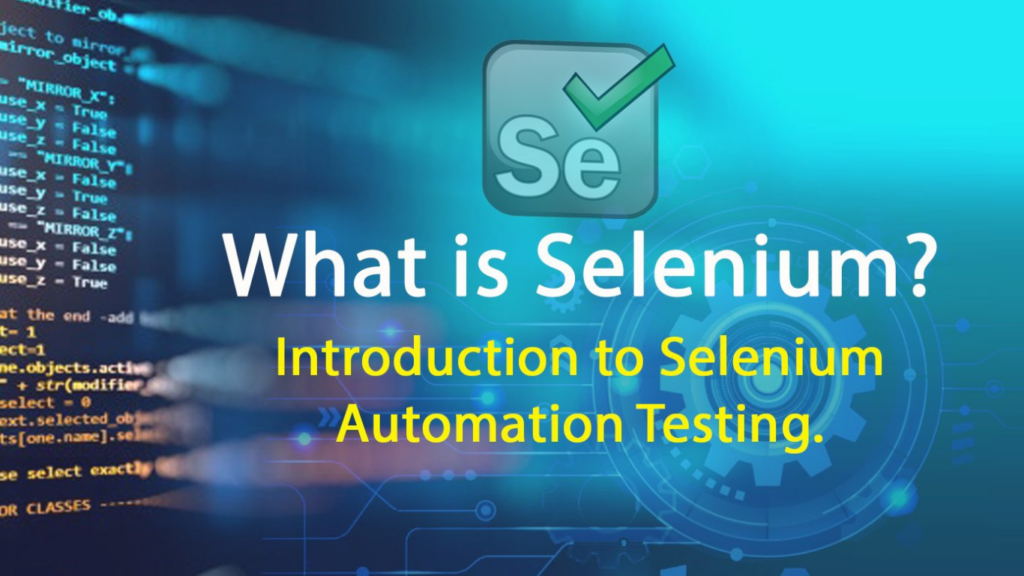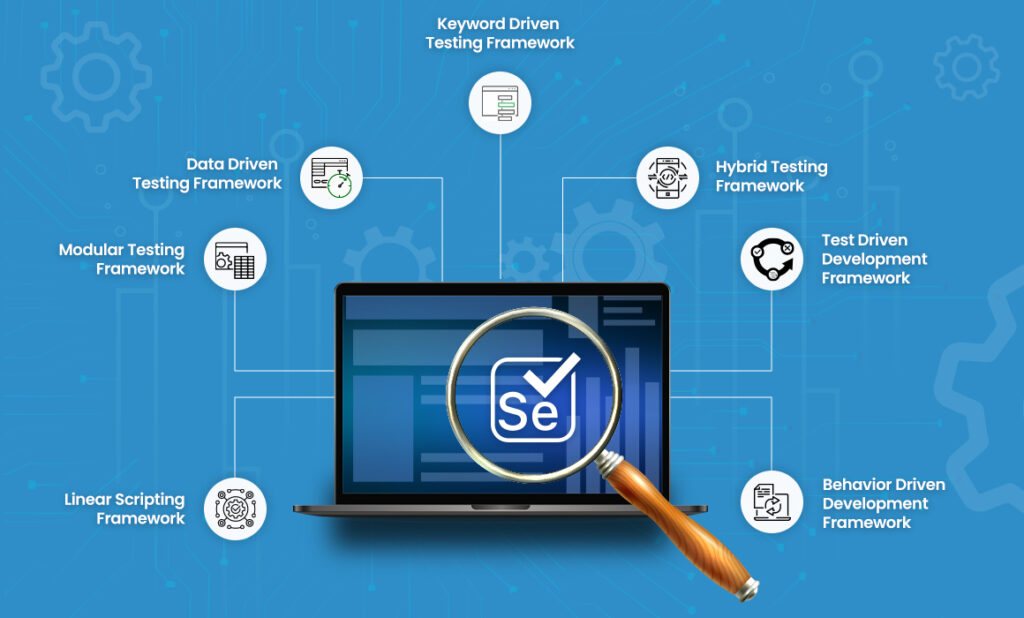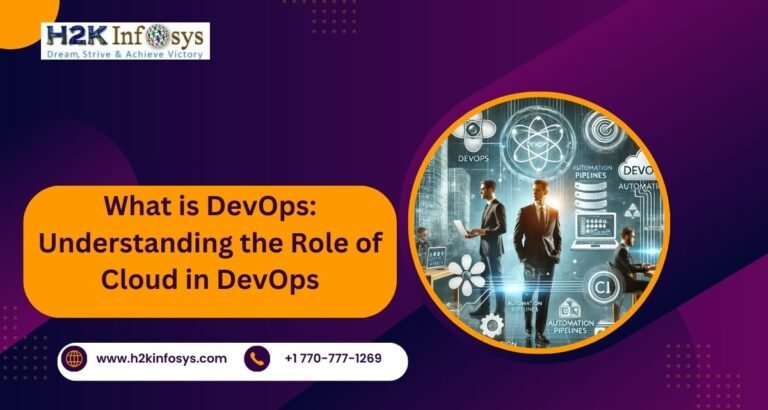Most popular data migration tools are:
- IRI NextForm
IRI Nextform will be available in a multiple editions as an standalone data and database migration utility or as an included capability within a larger IRI data management and ETL platform.
The main features are
- It completes profiles and migrates data graphically in IRI workbench a familiar and free Eclipse IDE for job design, deployment and management.
- It supports 200 legacy and modern data sources and targets with the ability for more through custom I/O procedures.
- It always uses standard drives like ODBC, MQTT, and Kafka for data movement and supports a local, cloud and HDFC file systems.
- Data definition and manipulation metadata are in simple, self-documenting 4GL text files that are also represented in dialogs, outlines and diagrams for easy understanding and modification.
- Xplenty
Xplenty is considered as cloud-based data integration platform. It provides solutions for various job roles like marketing, sales, customer support and developers. This type of solutions are available for retail, hospitality and advertising domains.
The main features
- The Xplenty is having features for easy migration. It will help us to migrate to the cloud.
- Xplenty has the features to connect to legacy systems.
- It helps us to connect easily to on premise, legacy systems and migrate data from them.
- DBConvert Studio
DBConvert Studio by SLOTIX s.r.o is the suitable tool for database migration and synchronization. It supports ten the most popular on-premises databases including SQL Server, MySQL, Oracle.
The main features
- We have the following three situations of data migration will be possible. Source to target migration, one way synchronisation, Bidirectional synchronisation.
- All the database objects which can be renamed during migration.
- Data types which can be mapped as for all target tables as separate tables.
- Filters may be applied to extracting the necessary data from the source database.
- It is flexible built-in scheduler that can be used to launch tasks at a specific time without GUI running.
- AWS Data migration
AWS Data migration tool that is developed by Amazon is suited for data cloud migration. It helps to migrate databases to AWS in a secure and easy manner.
The main features are
- AWS data migration tools supports homogenous and heterogeneous migrations like oracle to oracle.
- It reduces the application downtime to a remarkable extent.
- It has facility that the source database to remain fully operational throughout the migration activity.
- It is flexible tool and can migrate data among the most widely used commercial and open-source databases.
- It is a very flexible tool and can migrate data among the most widely used commercial and open source databases.
- Informix(IBM)
Informix by IBM is another excellent tool repository that can be used to move data from one IBM database to another IBM database. It is primarily supports homogenous data migrations.
The main features are
- It supports data migration from one server to another.
- It carries data migration from one server to another.
- It is able to perform high-speed data checking transfers with any
data imports from non-informix sources here IBM has some special tools to facilitate that tool like external tables, high performance loader and IBM Informix enterprise gateway products.
- Azure DocumentDB
Azure DocumentDB data migration tool which is developed by Microsoft. It is an excellent tool to be used for data movement from various data sources into Azure DocumentDB
The key features are
- It can successfully import data from any of the mentioned sources like CSV file, SQL, MongoDB, JSON files, Azure table storage, Azure document DB.
- It supports a more range of windows operating systems and .NET frameworks 4.5.1 or many other advanced versions.
Questions:
1. Explain Azure Document DB?
2. What are the main features of Xplenty?
